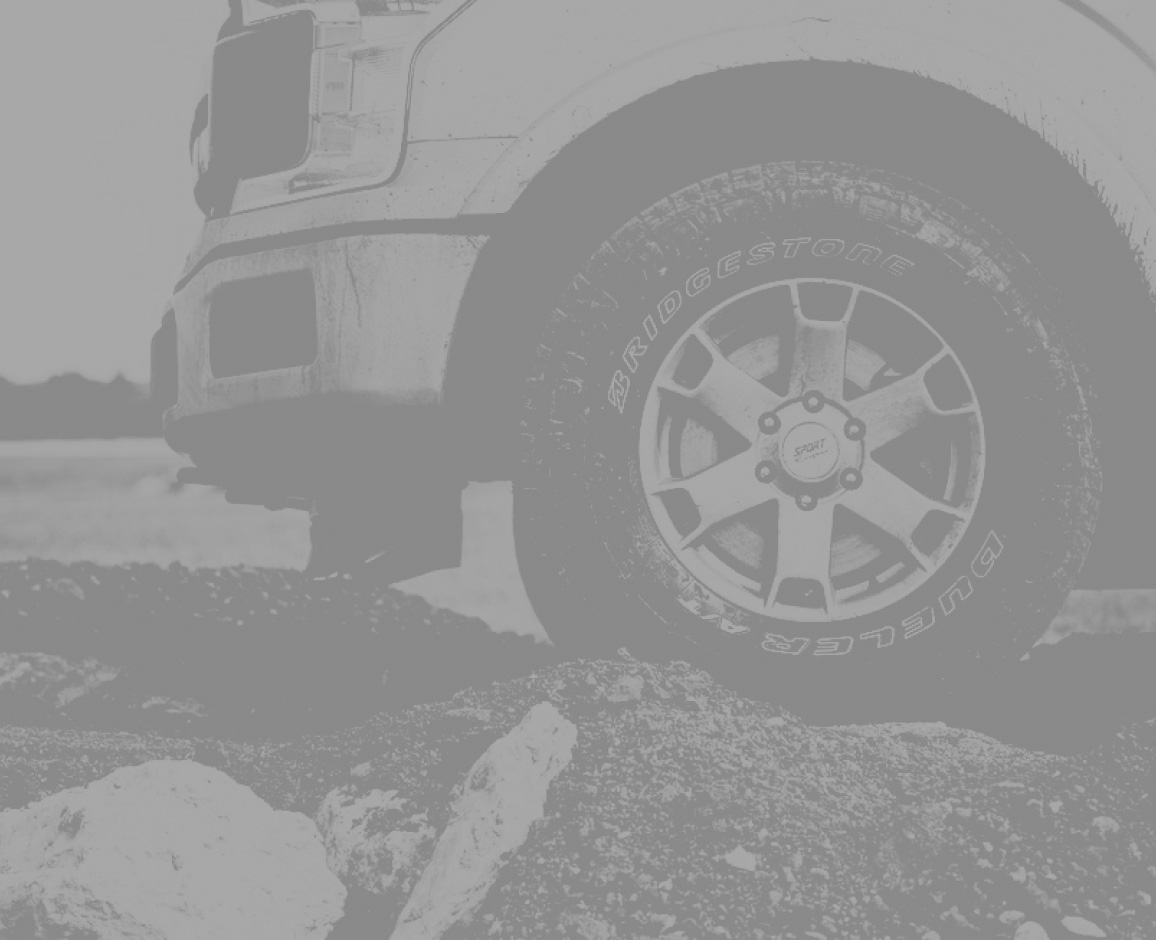Welcome! Last year I wrote a newsletter called “Peak Stuff: Why a World Subscribed is a More Sustainable World” that generated a fair amount of attention. In the piece, I tried to point out an inherent contradiction within product companies: How do they succeed by selling more products, while also reducing their carbon footprint? Aren’t those two concepts diametrically opposed? Now that sustainability has shifted from a corporate “nice to have” to an absolute imperative, it’s a question that’s keeping lots of ESG administrators up at night. Environmentally friendly packaging just doesn’t cut it anymore!
Well, I’d like to expand on that discussion (as well as offer some compelling potential solutions) with a great story from France. This week I was lucky enough to chat about sports, sustainability and subscriptions with Yann Carré, who is leader of RENT for Decathlon United (short term, subscription and leasing). If you don’t know Decathlon, they’re the largest sports retailer in the world. With roughly 1700 stores and 90,000 employees in 60 countries around the world, the decisions that Decathlon makes about sustainability are closely watched by the rest of the retail industry. Yann is helping to lead the company on an innovative new way forward.
Welcome Yann! Unlike many other global retailers, Decathlon is very much a vertically integrated company — you research and design most of your own equipment and register dozens of patents a year. You’re kind of like the Apple of sportswear, and much like Apple, you recently made an executive decision to emphasize services and sustainability into your hardware business. How did that process come about?
Well, about three years ago we evolved the vision of Decathlon. We’ve always been dedicated to making sports accessible to as many people as possible. We have roughly 80 in-house teams, each dedicated to growing a specific sport around the world: cycling, yoga, trekking, football, etc. Our main decision was to integrate the concept of durability into that vision. Of course we want to grow, but we want to grow in a more regenerative and sustainable way.
But we knew we had a problem. We did the research and determined that our products were responsible for roughly 70% of our overall environmental footprint. So how do we grow market share and run a successful sports equipment company, while on the other hand reducing our greenhouse gas emissions? It’s a challenge, to say the least.
Agreed. By definition, the more stuff you put into the market, the more stuff that winds up in landfills, the greater your carbon footprint. So what was the answer?
Well, we did a lot of thinking, researching and soul-searching. You can only generate so many efficiencies out of your supply chain. It’s quite impossible to sell 15% more of your products while reducing your impact by 50%. In the end, we decided that if you’re really serious about addressing your carbon emissions, you need to start thinking about the circular economy: creating more value for your customers, growing the business, and minimizing your impact on the environment. We want to increase the ratio of “usage to product,” and for that reason subscriptions seem like a good opportunity.
How did you think about this shift in terms of first principles? What were the key ideas that helped to guide this transition?
We have four main pillars. The first is emphasizing the repair of our products, so that they last longer. The second is offering the option for our customers to rent or subscribe to our products, instead of owning them outright. The third pillar is the proper recycling of our products at the end of their lifecycle. And when you combine those three pillars, you arrive at the fourth: “sport as as service.” Instead of buying skis, for example, why not subscribe to skiing? That’s when you’ve become a service company, instead of just a product company. And you’ve also made yourself a much more sustainable one.
Great. So you’ve got the strategy, now comes the hard part — the execution. How did you start? Did you pick a particular product line?
Yes, we started with bicycles. If you’re a parent, you know what it’s like to have to buy a new bike for your child every couple of years. Or maybe you just love biking, and you’d like to be able to switch from a road bike to a mountain bike. So why not give people a choice? Why not let them access their own bicycle library?
Of course we’re happy to sell you a bicycle, but in terms of pricing we’re never going to be able to compete with the low-range manufacturers. We also understand that when it comes to subscriptions, every customer does the math — “I can subscribe for a certain period of time, or for the same money I could buy the product outright.” We understand that. But we can compete on choice and sustainability and pay-to-use. Like I said, we offer “sport as a service.” Of course subscriptions are a way to spread your payments over time, but this model represents so much more than that when you consider all the affiliate services that can be bundled in: insurance, maintenance, assistance, coaching, etc. You can feel good about supporting a company that wants people and the planet to stay healthy.
We’ve talked about this same phenomenon with other retailers. By turning yourself into a service provider instead of just a product vendor, suddenly you’ve put yourself in a whole new category. You’re really on another level from your competitors. Okay, let’s get into the organizational side. How did you roll out this new vision across your company?
Well, culturally the company is managed and animated by people who like to experiment, who like to test. So that’s what we’ve done. We’ve run small programs in regional markets, in order to answer questions: How do the clients respond? How does our organization respond? What unexpected things happened? We are trying to learn quickly, while implementing a step-by-step strategy.
In terms of execution, we are very much a subsidiary company, which means that we trust our local management teams to make the right decisions, based on their own cultures and markets. We don’t impose top-down mandates. For some teams, buying might still make more sense than subscribing. It depends on the maturity of the market. The important thing is that we give them the options. And we want them to understand that we are here to enable sports, not just sell sports equipment. And of course we share the results of all our regional experiments. We don’t want to drastically change the business model of Decathlon, we want to affirm it.
So it’s very much a federated model. Learn locally, apply globally.
Exactly. And of course, like all retailers, we’ve been dealing with the biggest experiment of all – Covid. We had to close 350 stores in France, and over 90% of our stores around the world. It’s very hard to survive if you close 90% of your business. Fortunately, our e-commerce business exploded, and we put a lot of investment behind it. And as it turns out, you can’t really have a successful subscription service without a strong digital identity component.
Can you share any lessons learned for our retail-based readers? Did anything surprise you about this shift? Was anything harder than expected? Easier?
What’s the hardest part of shifting to a circular subscription model? In my experience, every change can be difficult for a high-performing company, but the main difficulties lie in finance and the value chain, aka the supply chain. The rest is hard but not that complicated – it’s transformation, adaptation, communication, changing your mindset, networking all your touchpoints, changing the way you present your products. It’s work, yes, it’s not that complicated but not that simple either.
But let’s start with the supply chain – what happens when suddenly you own your products? That’s a big change. You need much more traceability and much more insight into your stock management. Now for finance. What happens when you change from someone at the cash register paying and leaving, to supporting recurring payments? Also a big systemic change. You need the right scripting, the right finance management, the right accounting ledger.
These are two major processes that need to be almost completely re-imagined, but also integrated. You’re moving from linearity: design, manufacture, market, sell, (bye bye product, bye bye customer!). To circularity: design, manufacture, market, subscribe, sustain (you own the product, you create a brand new customer relationship).
Exactly. We used to say that we offer the best value for money, but now the conversation has changed. Today we are trying hard to offer the best sustainable value for money, based on long-lasting customer relationships. A very complex problem, particularly if you want to scale quickly. There are new risks to manage, at the same time there are so many new opportunities. It’s an interesting challenge!
Thanks Yann!
Thanks Tien!

